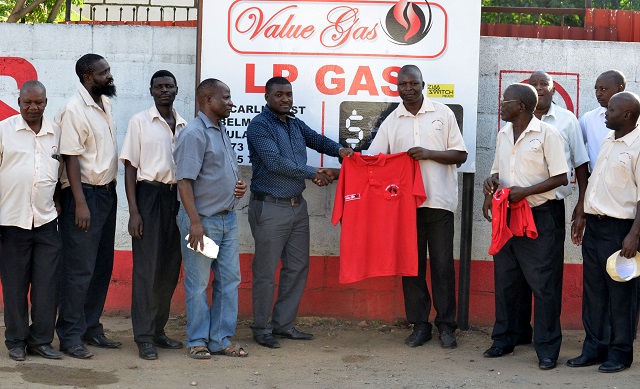42 000 people to be infected by HIV

Patrick Chitumba, Midlands Bureau Chief
THE National Aids Council (Nac) estimates that about 42 000 people will be infected by HIV in the country this year.
Nac board chairperson, Dr Evaristo Marova, said last year over 54 000 people were infected by the virus.
“Estimates suggest that 42 314 people will be infected with HIV in Zimbabwe this year. While this is a decline from the 54 753 people recorded in 2015, the number of new infections remains extremely high, bringing into key focus the need to scale up HIV prevention interventions,” he said in Kwekwe recently.
Dr Marova said reducing new HIV infections is a major priority in the pursuit of ending Aids by 2030 in line with the Sustainable Development Goals (SDGs), which Zimbabwe has committed to.
This commitment, he said, also integrates some interim fast track targets: 90 percent of people living with HIV must know their status by 2020, 90 percent of people living with HIV must be on treatment also by 2020, while 90 percent of people on treatment should have their viral load suppressed by that same year.
Dr Marova said the targets are complemented by a framework for ending aids in children, adolescents and young women by 2020; Start Free, Stay Free, Aids Free.
“Zimbabwe has already launched this framework and has agreed on the strategies to operationalise this framework. The pursuit of closing the tap of new infections in Zimbabwe has been enhanced by the HIV Prevention Revitalisation Roadmap that the country recently developed. In line with this roadmap, Zimbabwe is targeting HIV prevention interventions around ‘hotspots’, and other areas where HIV incidence and prevalence remain concentrated and therefore need specialised combined interventions instead of single and sporadic interventions,” he said.
He said the hotspots include some border districts, designated economic growth points, small scale mining areas, fishing camps and commercial farming settlements.
Dr Marova said Zimbabwe has identified key populations, which include sex workers, prisoners, youths, long distance truck drivers and artisanal miners as people who should be targeted together with geographic areas with high HIV prevalence and incidence.
“After realising that the threat of new HIV infections was rising in view of limited investment in HIV prevention when compared with antiretroviral therapy, the National Aids Council now allocates at least $5 million per year to drive community driven HIV prevention interventions,” he said.
Dr Marova’s sentiments come at a time when new statistics show that Zimbabwe’s HIV prevalence rate has slightly decreased to 14,6 percent from 15 percent.
Bulawayo, Matabeleland North and Matabeleland South provinces are hotspots as they have rates above the national average. According to results of the Zimbabwe Population-Based HIV Impact Assessment (ZIMPHIA) 2015-2016, Matabeleland region has the most new HIV infections.
ZIMPHIA, a household-based national survey, was conducted between October 2015 and August 2016 in order to measure the status of Zimbabwe’s national HIV response.
@pchitumba1











Comments